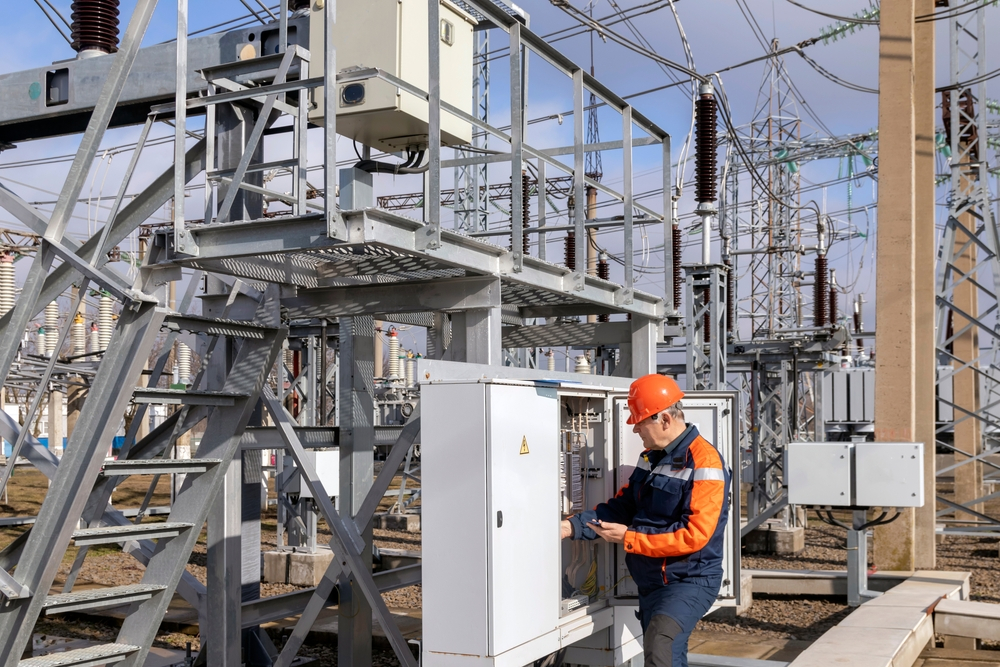The Best Strategy To Use For Roar Solutions
The Best Strategy To Use For Roar Solutions
Blog Article
What Does Roar Solutions Do?
Table of ContentsThe smart Trick of Roar Solutions That Nobody is DiscussingThe 30-Second Trick For Roar SolutionsAn Unbiased View of Roar Solutions
In order to protect setups from a prospective surge a method of analysing and identifying a potentially dangerous location is called for. The purpose of this is to make certain the correct option and installation of devices to eventually protect against a surge and to guarantee security of life.
(https://www.quora.com/profile/Roarsolutions)
No equipment ought to be installed where the surface temperature of the equipment is higher than the ignition temperature level of the provided hazard. Below are some common dirt dangerous and their minimal ignition temperature. Coal Dirt 380C 225C Polythene 420C (thaws) Methyl Cellulose 420C 320C Starch 460C 435C Flour 490C 340C Sugar 490C 460C Grain Dust 510C 300C Phenolic Material 530C > 450C Aluminium 590C > 450C PVC 700C > 450C Residue 810C 570C The chance of the threat being existing in a focus high adequate to create an ignition will differ from area to area.
In order to classify this danger an installation is separated right into locations of danger depending upon the amount of time the dangerous is present. These locations are described as Zones. For gases and vapours and dusts and fibers there are 3 areas. Area 0 Zone 20 A dangerous atmosphere is very likely to be existing and might exist for extended periods of time (> 1000 hours per year) or perhaps continuously Zone 1 Zone 21 A hazardous ambience is feasible but unlikely to be existing for extended periods of time (> 10 450 C [842 F] A classification of T6 implies the minimal ignition temperature level is > 85 C [185 F] Unsafe location electric devices maybe developed for usage in greater ambient temperature levels. This would certainly suggested on the score plate e.g. EExe II C T3 Ta + 60C( This suggests at 60C ambient T3 will certainly not be gone beyond) T1 T1, T2, T3, T4, T5, T6 T2 T2, T3, T4, T5, T6 T3 T3, T4, T5, T6 T4 T4, T5, T6 T5 T5, T6 T6 T6 A T Course ranking of T1 indicates the maximum surface area temperature level created by the instrument at 40 C is 450 C. Presuming the associated T Course and Temperature ranking for the devices are appropriate for the area, you can always utilize an instrument with a more stringent Department rating than needed for the location. There isn't a clear response to this inquiry. It truly does depend on the sort of equipment and what repair services need to be performed. Tools with particular examination treatments that can not be performed in the area in order to achieve/maintain 3rd party rating. Need to come back to the manufacturing facility if it is before the devices's solution. Area Fixing By Authorised Employee: Challenging testing might not be needed nonetheless details treatments might need to be complied with in order for the devices to keep its third celebration ranking. Authorised personnel have to be employed to carry out the job correctly Fixing must be a like for like substitute. New element have to be thought about as a direct substitute calling for no unique testing of the tools after the repair service is total. Each tool with a dangerous ranking need to be see it here reviewed separately. These are detailed at a high degree listed below, however, for more comprehensive info, please refer straight to the standards.
Fascination About Roar Solutions
The devices register is a detailed data source of devices records that includes a minimum collection of areas to recognize each product's place, technical specifications, Ex-spouse classification, age, and environmental data. The ratio of Detailed to Shut examinations will certainly be figured out by the Devices Danger, which is examined based on ignition risk (the chance of a source of ignition versus the probability of a combustible atmosphere )and the hazardous location classification
( Zone 0Area 1, or 2). Implementing a durable Risk-Based Examination( RBI )method is important for making certain compliance and safety in taking care of Electrical Equipment in Hazardous Areas( EEHA).
Not known Details About Roar Solutions

In regards to explosive danger, a harmful area is an environment in which an eruptive environment is present (or might be expected to be existing) in quantities that call for unique precautions for the construction, installment and use devices. eeha. In this write-up we explore the challenges faced in the office, the danger control procedures, and the required competencies to function securely
These substances can, in particular conditions, develop eruptive ambiences and these can have major and tragic repercussions. Many of us are familiar with the fire triangular remove any kind of one of the three aspects and the fire can not occur, however what does this mean in the context of hazardous areas?
In the majority of circumstances, we can do little concerning the levels of oxygen airborne, yet we can have considerable impact on sources of ignition, as an example electric tools. Unsafe areas are documented on the dangerous area classification illustration and are recognized on-site by the triangular "EX-SPOUSE" indicator. Here, among various other vital details, areas are split into three types relying on the hazard, the possibility and period that an explosive atmosphere will exist; Zone 0 or 20 is deemed the most dangerous and Zone 2 or 22 is regarded the least.
Report this page